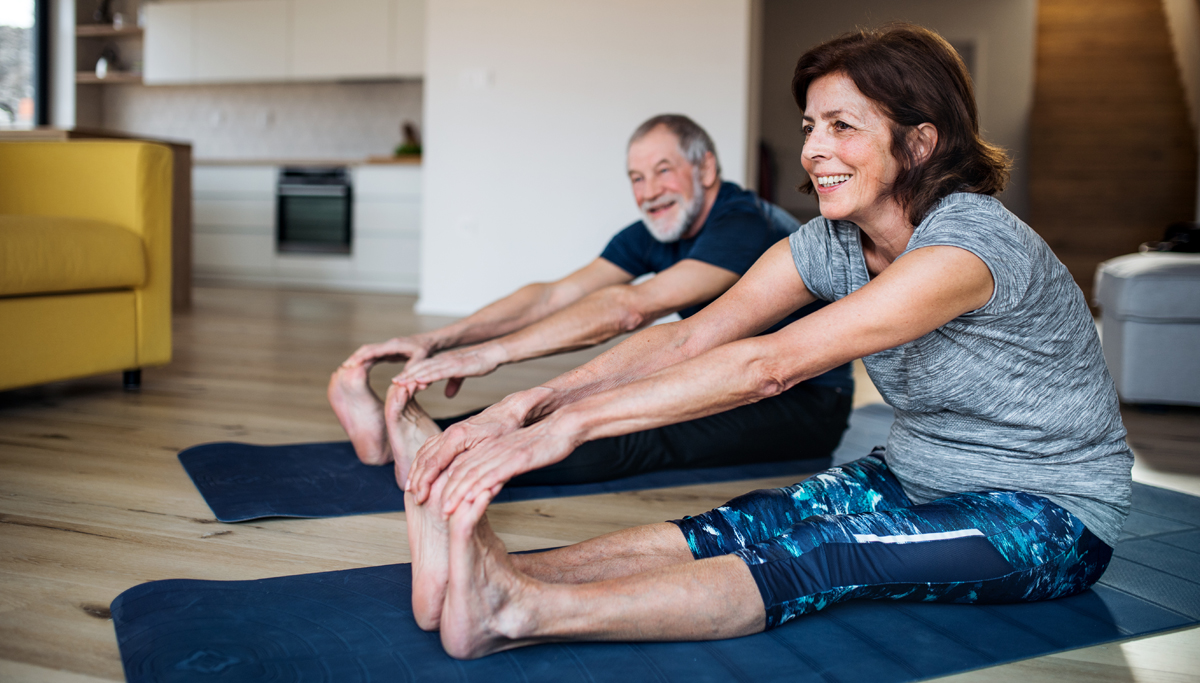

For a long life, there are seven yogic health secrets. While attaining the ultimate spiritual state of oneness and mastering oneself are the goals of yogis, living a long and healthy life is not their goal in and of itself. As a result, yogis have offered advice on how to live long and healthy lives and maintain happiness in one's body and mind. Clearly, no one wants to live a long time with a sick mind and body.
It is essential to exercise the body on a regular basis, especially in this day and age, when manual labor is no longer an integral part of daily life. The majority of people live sedentary lives with little to no physical activity. People drive to work, spend the day in the office, drive back home, and frequently spend several hours in front of the television or computer when they get home. We are aware that physical inactivity and lack of exercise are the root causes of numerous diseases. Therefore, you must incorporate some form of moderate exercise into your daily routine. Walking, running, dancing, or participating in sports will not only get your body moving, but they will also give you energy and help you stay in a good mental state.
The natural wake/sleep cycle has been severely compromised by the constant stimulation from computers, phones, tablets, and other electronic devices. We are constantly exposed to electrical lights, so it's easy to turn the night into the day. Because of their confusion, our glands are no longer able to send hormones to warn us that it's time to retire. Yoga and ayurveda advise staying awake during the day and sleeping at night. It is common knowledge that a lifestyle that involves sleeping during the day and staying awake at night is extremely harmful to our health and contributes to disease. Coffee is a major problem, and many people drink it to study or work at night. Staying up late or all night eventually develops into a pattern that is difficult to break. It reduces lifespan and is unnatural. Yoga therapy says that this kind of lifestyle is one of the main reasons cancer happens, so it should be avoided at all costs.
It doesn't work as well as it seems. This is because there are numerous reasons why people eat. Sometimes I do it so I can socialize or because I have to eat at a certain time of day. Emotional states such as loneliness, frustration, overwhelm, or simply trying to numb feelings we don't want to feel are common causes of the urge to eat. As a consequence of this, food has been abused, and the straightforward and pleasurable act of eating is no longer what it was intended to be: a means by which the body is nourished and prana and energy are obtained. There is also overeating. We will experience indigestion, acidity, and constipation if we eat for the wrong reasons. Diabetes, high blood sugar, and cancer are just a few of the more serious illnesses that can result from this. Some people eat constantly, forgetting how it feels to be hungry and to have a healthy appetite. Yoga says to eat when you're really hungry, and if you don't feel hungry, it's better to wait a while and then eat a proper meal. Drink tea or water between meals. Never get into the habit of "grazing," or eating small amounts of food from time to time, as doing so will harm your Agni, or digestive fire, and ultimately your health.


Even though advanced yoga training is effective, these practices can also be harmful. An injury may occasionally cause discomfort and pain. This almost always occurs because we were careless.
Injury can prevent you from practicing for weeks or even months at a time, requiring you to alter your routine. So, let's look at how to avoid getting hurt first.
The key to yoga practice is to feel the moves and be present in the moment. This is necessary to ensure both that you get the most out of the practice and that you don't get hurt.
In yoga, it's important to be present. It's normal to let your mind wander and consider something else, like your to-do list or that meeting you went to. That should prompt you to become aware and return your focus to the yoga practice.
Asanas and warm-up exercises in yoga help your body prepare for more strenuous activities. Keep in mind that the person, the time of day, and the nature of the warm-up activity all vary. Older or less experienced athletes typically require more time. The most important thing of all is to pay attention to your body's needs as you get ready for practice. In order to further ensure that you have sufficiently warmed up, slowly transition into asanas.
The right alignment of the mind goes hand in hand with the right alignment of the body. Asana adjustment and alignment are essential to yoga practice.
Alignment, or how we position and adjust our body for a particular asana, can elevate the practice to a new level and maximize its benefits. Additionally, proper alignment enhances the practice's benefits and lowers the likelihood of injury.
Every individual has a unique body and physical features. As a result, yoga postures and practice must be tailored to the practitioner.
It's possible that your method is very different from that of your teacher and other people. It is essential to acknowledge that you and the teacher are distinct from one another. You should practice at your own pace and at your own level, not imitating others.
Teaching yoga involves more than just asanas; it is also challenging, varied, and necessitates basic knowledge of numerous other aspects. Yoga instructors need to be familiar with the fundamentals of physiology, pathology, and anatomy, or the parts of the body and how they work.